
lentus25/iStock/Getty Images
Hog maws -- the stomach linings of pigs -- are often called chitterlings or chitlins. In soul food and Southern cooking, hog maws are a New Year’s Day tradition. Other cultures have their own traditional recipes for hog maws. The Pennsylvania Dutch have a traditional recipe that involves roasting a stuffed hog maw with ingredients that provide an entire meal.
Preheat the oven to 375 degrees Fahrenheit and adjust the shelves to accommodate a roasting pan.
Peel and cube the white potatoes and place them in a large saucepan. Cover the potatoes with water. If you prefer, add a dash of salt to the water.
Bring the potatoes to a boil and continue to boil them for about 10 minutes, or until they are tender. Drain the potatoes and set them aside to cool.
Separate the leaves of the cabbage, rinse them and pat them dry with paper towels or a clean dish towel. Set the cabbage leaves aside.
Wash the hog maw inside and out in cold water. Use a knife to scrape away fat and muscle and continuously rinse the hog maw.
Set the hog maw on a flat surface and stuff it with alternating layers of potato cubes, sausage and cabbage leaves. Sprinkle each layer with seasoning. Make the layers even so that the finished product presents well when cut.
Close the hog maw around the stuffing and place it in the roasting pan. Arrange leftover ingredients in the roasting pan around the stuffed hog maw.
Roast the stuffed hog maw in the oven for 40 to 50 minutes until the outside is crisp and brown and the sausage is fully cooked. Transfer the hog maw to a serving dish and slice it in two. Serve the hog maw hot.
Related Articles
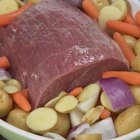
How to Cook Top Round Roast With ...
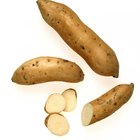
How Do I Preserve Sliced Potatoes?
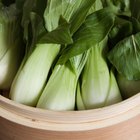
How to Steam Cook Cabbage
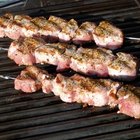
How to Cook Pork Loin
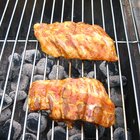
How Do I Cook Spare Ribs in an Electric ...
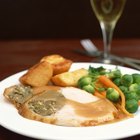
How Long Do You Roast Potatoes & at ...

How to Cook a Four-Pound Sirloin Tip ...
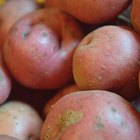
How to Cook Petite Red Potatoes
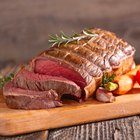
How to Cook a Choice Chuck Roast
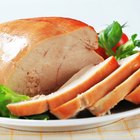
How to Cook a Boneless Turkey in the ...
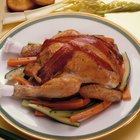
How to Roast Cornish Hens With Potatoes ...
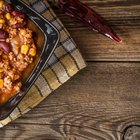
How to Boil Pork Jowl Bacon

How to Boil Conch in the Shell

Shank Ham Cooking Directions

How to Blanch Cabbage

How to Cook Pre-Seasoned Porketta
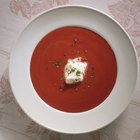
How to Roast Beets for Canning or ...

How to Cook Quail on a Grill
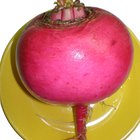
How to Roast Turnips
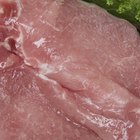
How to Cook Boneless Country Spare Ribs
Tips
- Hog maws are high in fat and cholesterol. Small servings with other side dishes are healthiest. To reduce the fat, set the stuffed hog maw on a wire rack while roasting to raise it above the fat drippings.
- When cooking hog maws and chitterlings, clean both thoroughly, boil them, simmer for three hours and cut them into 1-inch pieces before serving.
Writer Bio
Gail Sessoms, a grant writer and nonprofit consultant, writes about nonprofit, small business and personal finance issues. She volunteers as a court-appointed child advocate, has a background in social services and writes about issues important to families. Sessoms holds a Bachelor of Arts degree in liberal studies.
Photo Credits
lentus25/iStock/Getty Images